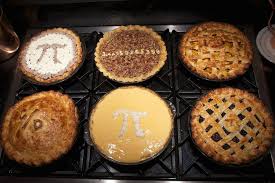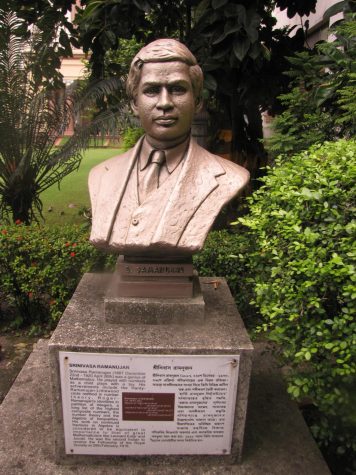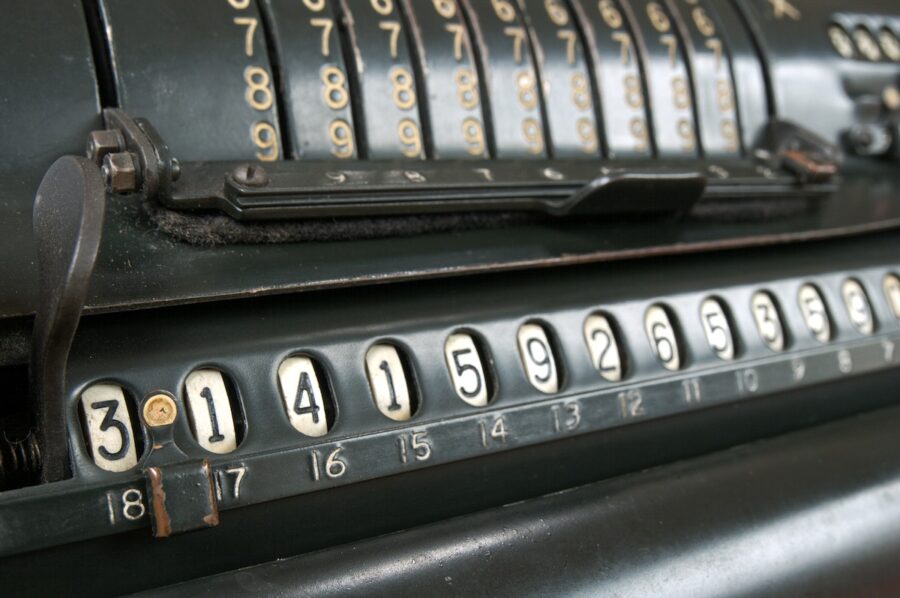The Number That Sent Mathematicians Into a Craze
A Brief History of Pi Day
Pi (which is commonly referred to as “π”) is one of the most well-known mathematical constants on the planet. Pi represents the ratio between the circumference of a circle and the diameter of the circle or “”. Most people only know the number as 3.14, but pi is an irrational number that neither ends, nor contains a repeating pattern. What many people do not know is the true history behind the number that sent many mathematicians into a frenzy. We are going to go through the origins of pi or 3.14 and see what we uncover and what we can learn from “π.”


You may be wondering how the 100 trillion digit number came into existence, we have to look so far into the past. Between 3,000 and 4,000 years ago, people used trial and error estimations of pi, without considering potential mistakes. The earliest approximations of pi are 3.125 in Babylon (1900-1600 B.C.) and 3.1605 in Ancient Egypt (1650 B.C.). Both estimates were close to the actual value of pi, however it was still far off from the true number. Around 250 BCE, Archimedes, who was a Greek mathematician, made an impressive discovery and breakthrough. He was able to find a more accurate value of pi using the pythagorean theorem. He estimated the area of a circle by comparing the areas of different polygons within the circle and the ones around it. He proved that there was a ratio that was constant between the area of a circle and the square of its radius. He was able to get an upper bound of 22/7 and a lower bound of 223/71 for the value of pi.
Some centuries have passed since the breakthrough of Archemides, and mathematicians all over the world were able to extend the number of decimal places by using complex calculations. A notable mathematician that contributed to this idea was a Chinese astronomer named Zu Chongzi, who came up with the value of 355/13. Based on his results it is thought that he would have used similar methods to those of Archimedes. By 1600, pi had been calculated to 35 digits using the method of inscribed polygons. However, there was little theoretical progress beyond Archimedes. During the seventeenth century new techniques were discovered in the field of mathematics which allowed for improved calculations of pi using infinite series. The earliest formula for calculating pi was proposed by an English mathematician named John Wallis in 1656. He established a formula involving the multiplication of an infinite series of fractions based off “½π.” By the end of the eighteenth century over 100 decimals of pi had been found. In 1706, William Jones introduced the greek letter of pi that we all know is “π” and it was later popularized by Leonhard Euler at the start of 1737.Progress has slowed for the next few hundred years as more calculations were made, but there was little conceptual development. Eventually, in the twentieth century, Indian mathematician Srinivasa Ramanujan created an efficient formula for calculating pi based on its reciprocal fraction. This was later programmed in computer algorithms.


In modern times, pi has become very present in popular culture in ways that reach far beyond its roots in ancient geometry. Television shows such as The Simpsons and Twin Peaks, as well as films including the Oscar-winning movie Life of Pi and the Hitchcock classic Torn Curtain, have made use of the number for humorous one-liners, mysterious codes, and everything in between. There is even a holiday dedicated to pi, known as Pi Day, which is celebrated annually on March 14. During 1989, physicist Larry Shaw was the first to hold an organized celebration of Pi Day, when he and his colleagues at the San Francisco Exploratorium marked the occasion by doing laps around a circular area of the building and then eating fruit pies. The holiday has since been recognized by the U.S. House of Representatives, honoured in two Google Doodles, and celebrated by people all over the world. Each year on March 14, math lovers gather for pie eating, pi recitation contests, and discussions on the significance of pi.
Now that you know the history behind the number that has 100 trillion digits and is continuing to increase, you can inform others about the history of pi and why the number is important to mathematics as a whole. While you are at it, go out and eat some π.
Sources:
https://www.csmonitor.com/Science/2016/0314/Pi-Day-How-did-they-first-calculate-pi




























